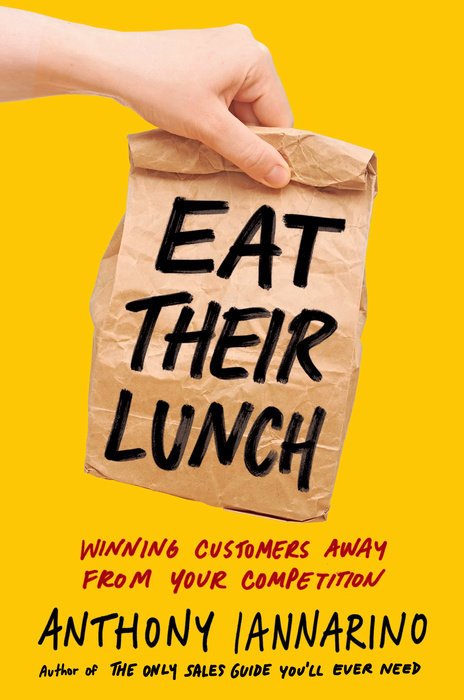Price is always going to be a factor your prospective client considers when deciding whether to buy your solution. What gets lost in the sales conversation around investments is the higher cost that results from accepting a lower price.
Price Is What You Pay
There are always people and companies who want—or need—to save money. By lowering their costs, they improve their profitability. However, one of the primary strategies they choose to reduce their costs is to try to lower the price they pay in the categories in which they spend significant amounts of money.
Most of the time, a lower price requires you to make concessions, to give something or accept something less, even if it appears to be “good enough.” The concessions, however, come at a cost that isn’t reflected in the lower price. These concessions show up in increased costs for the person or company who is agreeing to the concession in trade for the price reduction.
If all things were equal, your prospective client would be right to choose the lowest price. But all things are rarely equal. The reason that some things have a higher price is that they are better, in larger part because it costs more to deliver a better performance. The better results tend to lower a company’s costs, with much of the cost reduction coming from costs that are not factored into the decision—unless the salesperson drives the conversation from price to cost.
Better and Cheaper Not Found Together
Even your most price-sensitive buyer knows that better is never found with cheaper, even when they cling to the idea that they should be able to produce the result they want—or are already producing—with lower prices.
I once listened to who I believed to be an enlightened head of purchasing ask a group of suppliers to invest more in their relationship with his company. He implored them not to lower their pricing but to find new ways to reduce their costs. He released his request for proposals, providing a spreadsheet to the suppliers, asking them what they might do to create more value, along with their pricing.
Taking his direction, the suppliers did not lower their prices. They shared the investments they might make to provide the company. The head of purchasing sent the suppliers back a revised spreadsheet indicating the suppliers all provided pricing that was too high by shading each pricing block red. The spreadsheet would only turn the pricing block green when they lowered their prices.
The direction to invest more in the relationship and create a higher value was necessary because it cost his company money in service and delivery challenges. By insisting on the lower price, he lowered his rates. He also removed any chance that a supplier would invest more in his company by eliminating the money they might have invested.
Cost Is What Gets Lost
As a rule of thumb, if you pay more for something, it is because it costs more to make or deliver. If you are already poor, you should not buy cheap things. You have little or no ability to repurchase them when they fail you. Yet, it is not uncommon for B2B salespeople to allow their clients to underinvest, leaving the higher costs they pay to go unaddressed.
The price is visible. You often only seen higher costs when you bring them into the light. Your client may pay for the lower price by having to replace their equipment more frequently. They may have to spend more on maintenance, or lose money on labor when their lower-priced equipment fails.
They might also fail to meet an essential deadline for their clients because the low-price provider misses a scheduled delivery, causing the company to incur penalties, damage their relationship with their clients, or lose an important client.
Cheap inputs end up creating equally cheap outputs. The client who accepts the lower price finds a need for more customer service people, more failures, and more returns. They also find the need for “rework,” and replacements for failed products.
A conversation about price is not a conversation about cost unless you address the concessions your client is going to need to make to obtain that lower price—and what it is going to cost them.
Investing In Better Results
In Eat Their Lunch: Winning Customers Away from Your Competition, I wrote about the four levels of value. Level 1 is a good product, but one that is likely to be commoditized. Level 4 is helping to create a strategic outcome. This is an approach that differentiates you from your competitors and positions you differently in your client’s eyes.Win customers away from your competition. Check out Eat Their Lunch
The desire to be a consultative salesperson or trusted advisor requires you to know enough to advise your prospective client to achieve better results. There are times when the best advice you can offer your client is to find a way to lower the price. This will happen about as often as one might witness a solar eclipse or bipartisan legislation from the United States Congress, which is today, very rare.
More often, the better results your clients want and need will require them to invest more in their solution. (It is their solution, even if you are the one who provides it.) Helping your clients means preventing them from underinvesting. Assist them in capturing and understanding their real costs, even when those costs are soft costs and challenging to obtain.
Price is what you pay; cost is what you lost. Your pricing strategies need to lower your client’s costs, even if they have to pay a higher price. You will gain a longterm competitive advantage by helping your client’s achieve better outcomes.








.jpg?width=768&height=994&name=salescall-planner-ebook-v3-1-cover%20(1).jpg)


